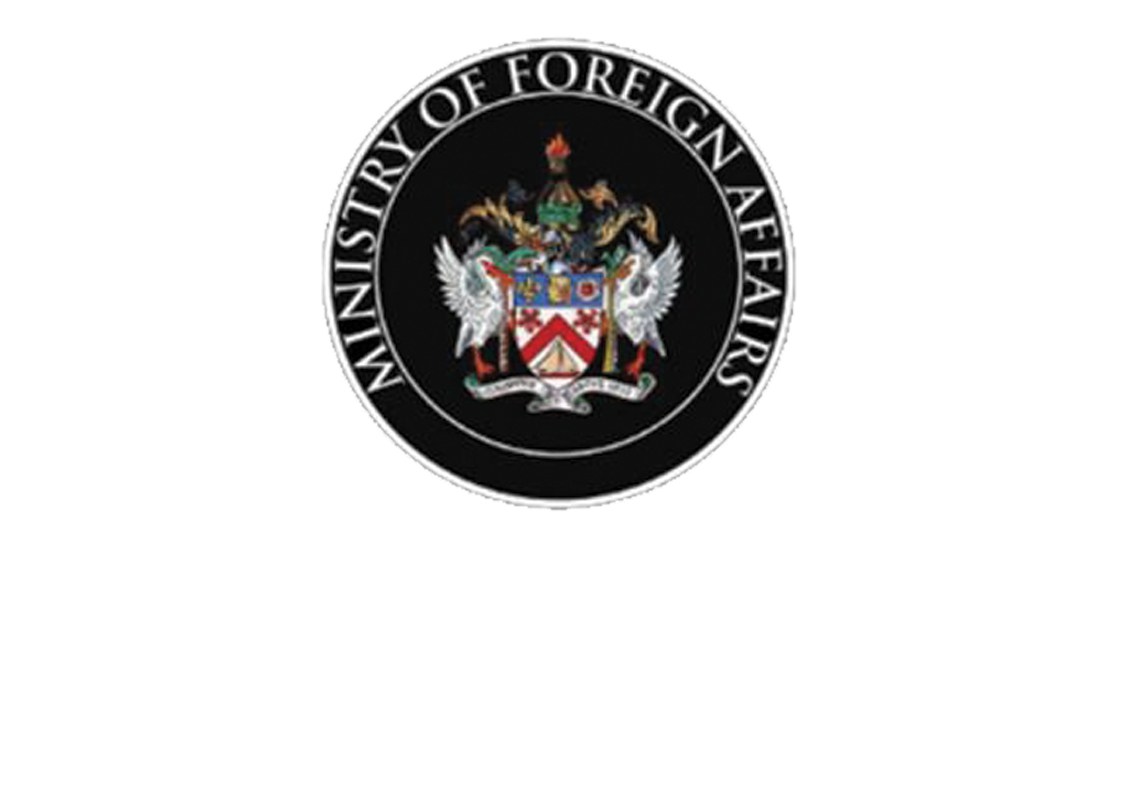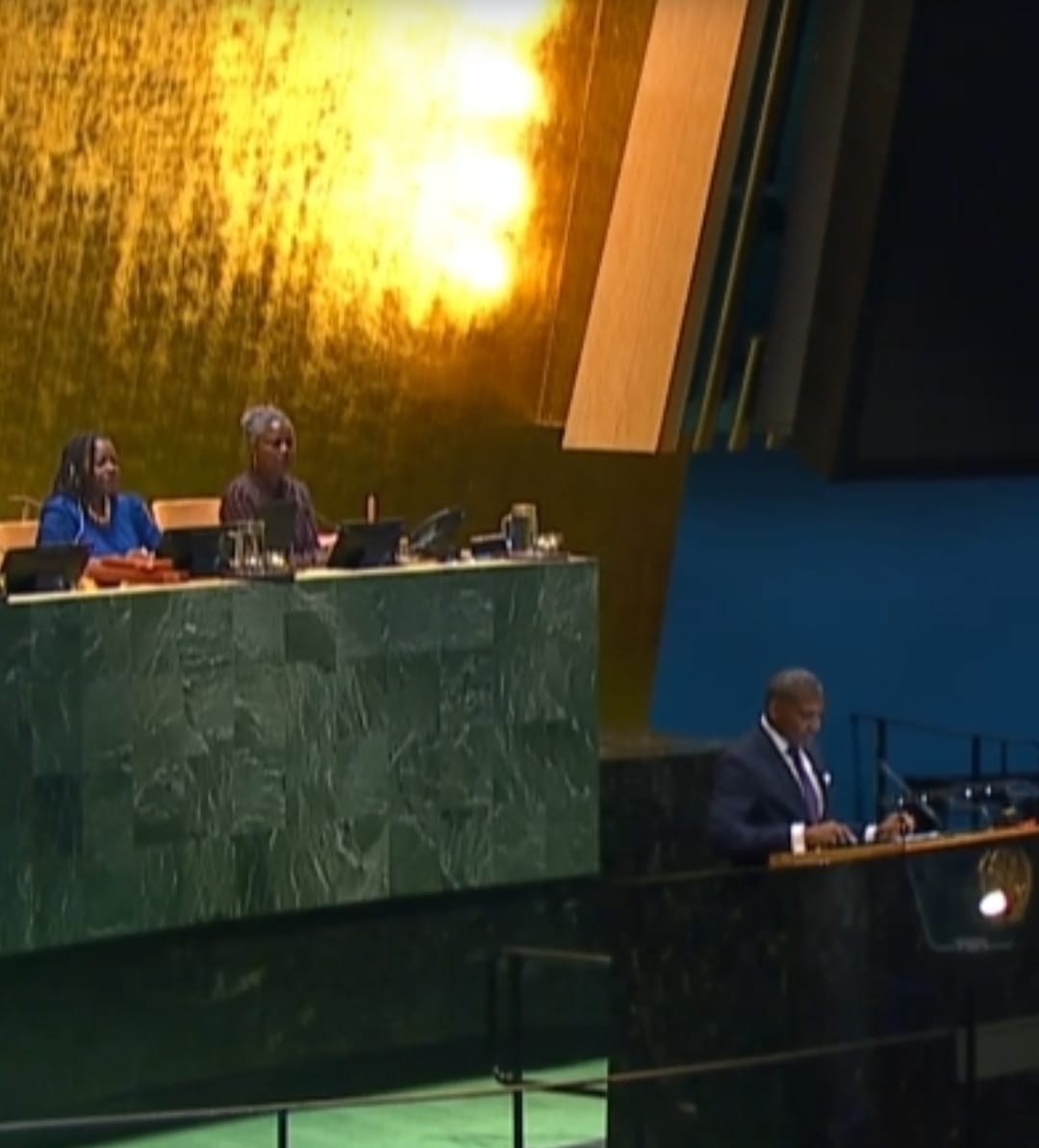
Description of the National Flag
The National Flag of Saint Christopher and Nevis features green for our fertile lands, yellow for our year-round sunshine, black for our African heritage, and red for our struggle from slavery through colonialism to independence. It also displays two white stars on a black diagonal bar, symbols of hope and liberty.
Dimensions of the National Flag
The dimensions of the Saint Kitts and Nevis National Flag shall be in the following proportions:
The Standard size of the flag is 3 x 5 ft.
St Kitts-Nevis National Flag color codes are:
Pantone Red 186 C
Pantone Green 349 C
Pantone Black C
Pantone Yellow 108 C
Pantone White
For flags flown on land and at sea: three x two (3:2)
How to Display the Flag
- The Flag should be of regulation appearance. It should not be faded or bleached and a torn flag should be repaired before being hoisted.
- The flag-mast, when erected on land, should be placed upright and should be in a central or conspicuous place. On buildings, however, the flag-mast may either be placed in an upright position on the roof or fixed at an angle on the front of the building or from a balcony.
- The flag-mast should be painted white. No other flag may be flown above the Saint Kitts and Nevis flag.
- When several flags are flown on one halliard, the Saint Kitts and Nevis flag is placed at the peak.
- When the flags of two or more nations are displayed together they are to be flown from separate staffs of the same height and all flags should be, as far as possible, of the same size. The flag of one nation should not be displayed above that of another.
- The flag of one nation should not be displayed above that of another.
- No other flag, colour, standard, ensign or other emblem should be displayed above or to the right of the National Flag, i.e. the observer’s left facing it.
- When two flags are placed against a wall with crossed staffs, the Saint Kitts and Nevis Flag should be at the right – i.e. to the observer’s left facing the flags – and its staff should be in front of the staff of the other flag.
- When a number of flags are 2 grouped and displayed from staffs, the Saint Kitts and Nevis Flag should be at the centre and at the highest point of the group.
- When the National Flag is flown with other flags it should be the first to be hoisted and the last to be lowered while the other flags are flying or being hoisted.
- The Flag may be displayed flat above and behind the speaker in a church or in an auditorium. If on a staff, it should be at the right off the speaker as he faces the congregation or audience.
- Other flags should be at the speaker’s left. If the flag is displayed on a staff elsewhere than on a platform or chancel it should be at the right of the audience or congregation as they face the speaker. It should not cover a speaker’s desk or be draped in front of a platform.
- Except on a day of special significance, the national Flag shall not be flown on a motor car without the permission of the Head of State or the Head of Government and its Cabinet if the head of State or Acting head of State is not present.
- Where the National Flag is flown on a motor car. It shall be affixed to a small staff erected on the right front fender of the motor car so that the Flag should be above the bonnet of that motor car.
- A citizen may fly the flag on a day of special significance provided he flies the flag from an upright staff on the front of his dwelling or place of business.
When to display the Flag
- The National Flag will be flown every day from the Public Buildings from 6 a.m. to 6 p.m. It may be flown daily from Government buildings and schools when they are in session, and from places of business.
- The National Flag should not be flown after 6:00 p.m. except inside a building. However, on important ceremonial occasions the flag may be flown in the open after 6:00 p.m. when it should be floodlit if possible.
The Flag in a Parade
- When carried with another flag or flags the Flag of Saint Kitts and Nevis should be held on the marching right or in front of the centre of the line of flags.
- When the flag is passing in a parade or in a review or during the ceremony of hoisting or lowering of the Flag, all persons present should face the Flag and stand at attention.
The Flag at Half-Staff
- The National Flag is flown at half-staff in mourning.
- When flown at half-staff the Flag should first be raised to the peak and then lowered to half staff. The flag should again be raised to the peak before it is lowered.
- By half-staff is meant the lowering of the flag by its own depth from the peak of the staff. ƒ The decision on the occasions on which the flag should be flown at half-staff would rest with the Head of State, if the Head of State is not present then the Acting Head of State would make the Decision or the Head of Government and its Cabinet.
Prohibited uses of the Flag
- The Flag should not be dipped to any person or thing, except in accordance with maritime practice.
- The Flag should never be flown inverted except as a signal of distress.
- The Flag should not be displayed on a float, motorcar or other vehicle or on a boat, except from a staff or masthead.
- The Flag should not have placed on it or attached to it any mark, insignia, letter, word, figure, design, picture or drawing.
- The Flag should never be used as a receptacle.
- It should not be used to cover a statue or monument.
- The Flag should not be used for purposes of adornment or advertising.
- It should not be printed on, or reproduced on articles of clothing or furniture.
- The Flag when on display should not be allowed to touch anything beneath it such as furniture, floors, trees, plants, vehicles, buildings, water or the earth.








